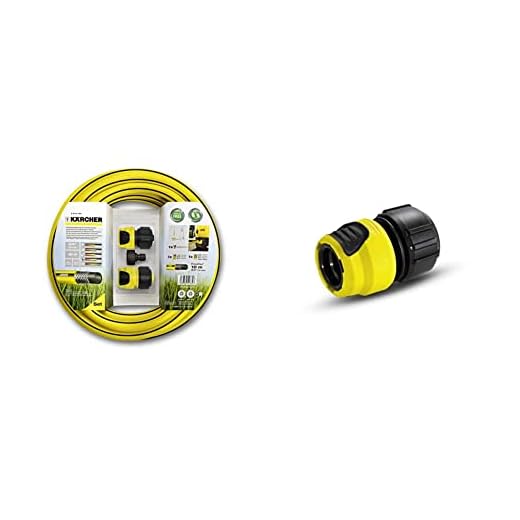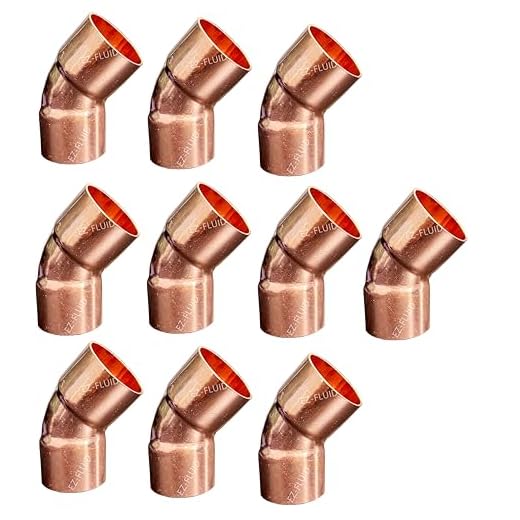

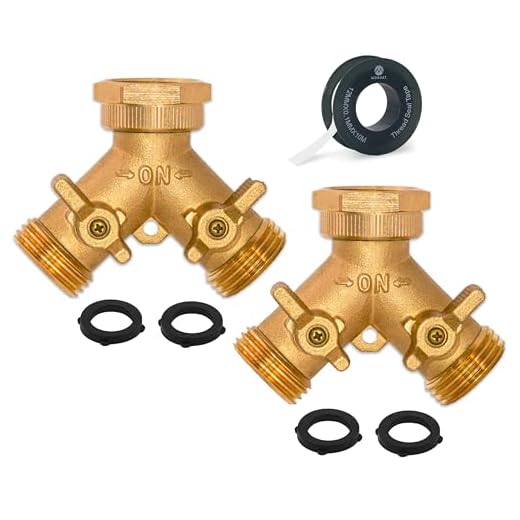
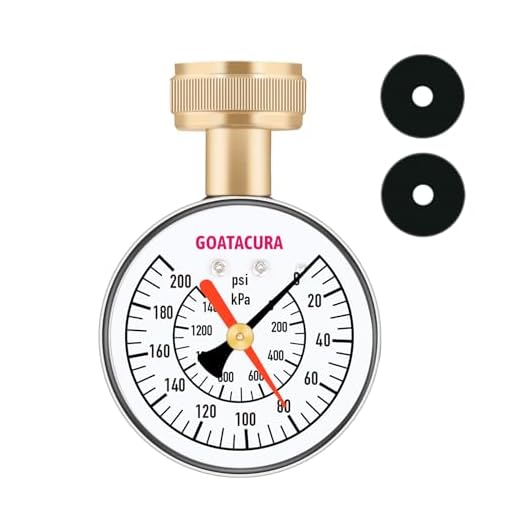
Yes, a high-pressure cleaner can be connected to a tap, provided the correct equipment is used. Most models come with adapters that allow for a secure attachment. Ensure the tap’s flow rate meets the cleaner’s requirements for optimal performance.
It’s essential to verify that your tap has the appropriate threading or size before proceeding. Common standard fittings like ¾ inch or ½ inch are often compatible with a variety of high-pressure units. If your tap is not standard, an adaptor may be necessary to create a reliable connection.
During the setup, ensure the hose length allows for adequate movement while cleaning. A standard garden hose can often be used for this purpose. However, check that the hose withstands the water pressure your cleaner will generate to avoid any ruptures during operation.
Connecting a High-Pressure Cleaner to a Tap
Directly connecting a high-pressure cleaner to a tap can be feasible, but it requires specific considerations for optimal performance. The primary aspect to verify is the water flow rate. Most devices demand a minimum flow rate, typically around 5-8 litres per minute. Assess your tap’s output to ensure it meets this requirement for effective operation.
Ensure that the thread size on the tap matches the inlet of the equipment. An adaptor may be necessary when there’s a size discrepancy. Additionally, consider using a hose with a quick-connect feature to facilitate a seamless connection.
Water Temperature and Quality
Another crucial factor is water temperature; it should remain below 50°C to protect the internal components of the unit. Moreover, avoid using water that contains high mineral concentrations or contaminants, as this may lead to damage or reduced lifespan of the apparatus. It’s advisable to install an inline filter to trap impurities before they enter the system.
Setup and Usage Tips
Upon establishing the connection, avoid running the equipment without water flow, as this can lead to overheating and potential failure. Always maintain a firm grip on the nozzle during operation to prevent any unintended spraying, which can occur due to the high velocity of the water.
After use, disconnect and drain the device thoroughly to prevent internal damage during storage. Following these guidelines will enhance performance and longevity, making your experience more satisfying and productive.
Compatibility of High-Pressure Cleaners with Tap Connections
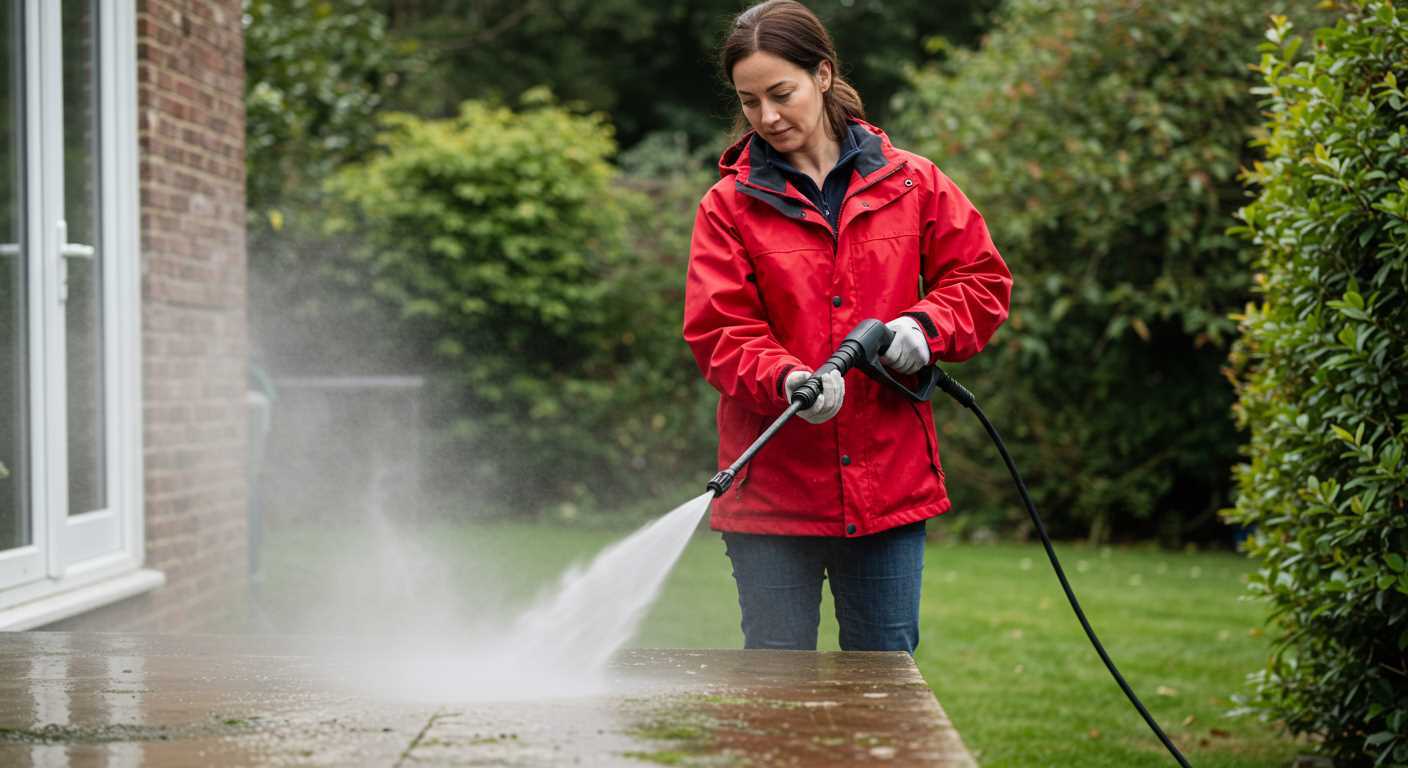
Match the specifications of the sprayer to your domestic tap. Most household taps feature a ½-inch or ¾-inch thread. Verify if your cleaning device comes with the necessary fittings for these dimensions. If not, adapters are readily available, making it easier to connect the equipment.
Water Flow and Pressure Requirements
Check the required flow rate and pressure for optimal performance. Some models demand a minimum of 1 GPM (gallon per minute) and 40 PSI. Assess the tap’s capabilities to ensure it meets these criteria, as inadequate flow can lead to subpar results or strain on the unit.
Potential Limitations
Be cautious of hot water sources; many sprayers are designed for cold water use only. Operating with temperatures above the recommended limit may damage internal components. Always refer to the user manual for specifications regarding water temperatures.
Required Adapters for Connecting to a Sink
Using specific adapters makes it feasible to link a high-pressure cleaning system directly to a basin. First, check if the tap features a standard threaded connection; most domestic faucets have this utility. A common requirement is a garden hose connector, typically offering a ¾ inch or ½ inch sizing. Ensure that the threads match the existing set-up for a secure fit.
Types of Adapters
Several types of fittings exist, enabling a seamless connection between your high-powered cleaner and the water source. The most frequently used adapter is the hose bib adapter. It attaches easily to most standard taps, converting them to a compatible hose fitting. Additionally, if your basin features a non-threaded design, a tap clamp or universal adapter may be necessary to facilitate a sturdy connection.
Pressure Compatibility
Be aware of the water flow rate your basin can support. Not all taps deliver sufficient pressure for optimal use of high-powered cleaning equipment. Contact the manufacturer for specifications regarding water entry pressure to avoid potential damage or inefficiency. Selecting the correct adapter will ensure compatibility, allowing for effective operation without compromising the integrity of either device.
Potential Risks of Using a Tap for Water Supply
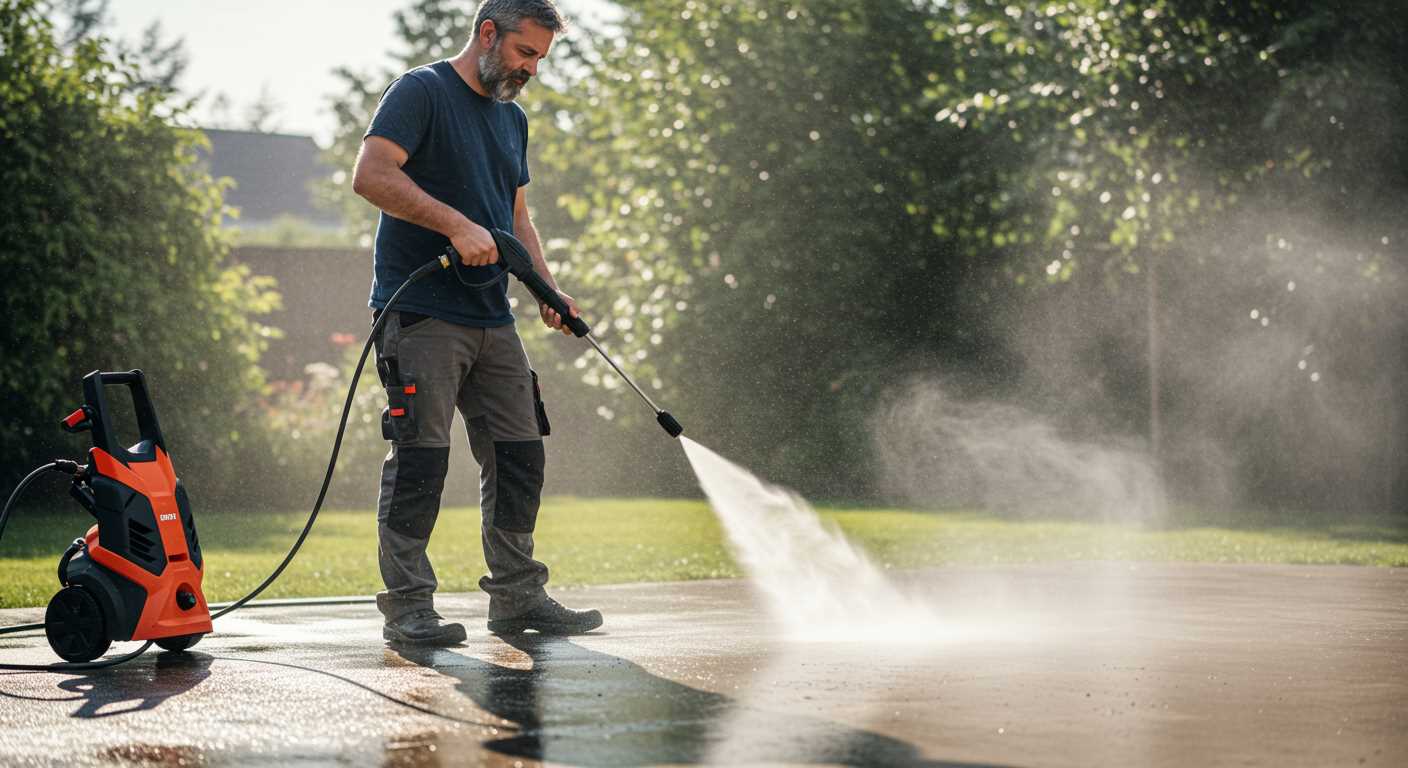
Connecting a cleaning device directly to a tap presents several risks that must be considered. First, the water pressure from a domestic supply is significantly lower than what many of these machines require. This could lead to insufficient performance and potential damage to internal components over time.
Water Contamination
Using a household source may also introduce contaminants into the system. Taps are not designed for high-flow applications and might contain impurities that can affect the cleaning equipment. It’s critical to ensure that the water is clean and free from debris that could clog hoses or the pump.
Connection Issues and Leaks
Improper fittings can cause leaks, leading to water damage in surrounding areas. Without the proper adapters and secure connections, there’s a higher risk of flooding or creating a mess. Regular inspection of the connection is advisable to prevent issues from developing during usage.
It’s essential to balance convenience with these potential dangers, ensuring that any connection made is safe and suitable for high-pressure operations.
Impact on Water Pressure During Operation
When connecting a cleaning unit to a water outlet, monitoring the existing water pressure becomes paramount. Typically, domestic faucets deliver water at 20 to 80 PSI, which is often insufficient for effective operation of these devices. An optimal working pressure usually ranges from 1500 to 3000 PSI, depending on the model.
While connecting a cleaning device to a tap, it’s essential to assess how this might affect the water pressure while in use. During operation, the additional demand for water can significantly reduce the flow available for other appliances, such as dishwashers or washing machines, leading to diminished performance in those areas.
Here’s a quick overview of how tap flow rates might influence water pressure:
| Flow Rate (GPM) | Impact on Cleaning Device Performance | Possible Solutions |
|---|---|---|
| 1.0 – 1.5 | May struggle to maintain required flow, leading to reduced cleaning efficiency. | Consider using a higher capacity water source. |
| 1.6 – 2.0 | Can provide adequate pressure but may fluctuate under heavy use. | Utilising a water reservoir could stabilise performance. |
| 2.1 – 3.0 | Generally sufficient for most models; consistent operations expected. | No special adjustments needed for casual use. |
A significant drop in water pressure not only affects cleaning performance but also results in excessive wear on the unit’s components. Efficiency will suffer, which can lead to premature breakdowns. Before proceeding, it’s advisable to evaluate the source’s ability to support both the device and any other simultaneous water usage.
Best Practices for Connecting a Pressure Cleaner to a Tap
First, ensure the tap is suitable for the connection type of your device. Most units require a standard ¾ inch garden hose coupling. Always use a high-quality hose designed for high water flow and pressure to avoid leaks and bursts.
Follow these steps for a proper connection:
- Turn off the tap before attempting to connect.
- Inspect the inlet of your cleaner for any debris or obstructions.
- Attach the hose securely to the tap, ensuring it is tight but not over-torqued.
- Connect the other end of the hose to the device, checking for a snug fit.
- Turn on the tap slowly to pressurise the hose, looking for any leaks at both connection points.
Monitor the water temperature supplied from the tap. Most models operate optimally with cold to lukewarm water; excessive heat can damage internal components. Additionally, be cautious about pressure fluctuations that may occur during operation, especially with inconsistent tap pressure.
Regular maintenance is key. Clean the hose and connections after each use to prevent calcium build-up or clogging. Inspect the hose for signs of wear and replace it promptly if any damage is detected.
Lastly, always refer to the manufacturer’s guidelines specific to your model for any unique connection requirements or recommendations. By following these outlined practices, you ensure a seamless operation and prolong the lifespan of your cleaning unit.
Alternative Water Supply Options for Pressure Washers
For those seeking alternatives to conventional water sources, several viable options exist that ensure efficiency and continuity during use. Here are a few recommendations:
Rainwater Harvesting Systems
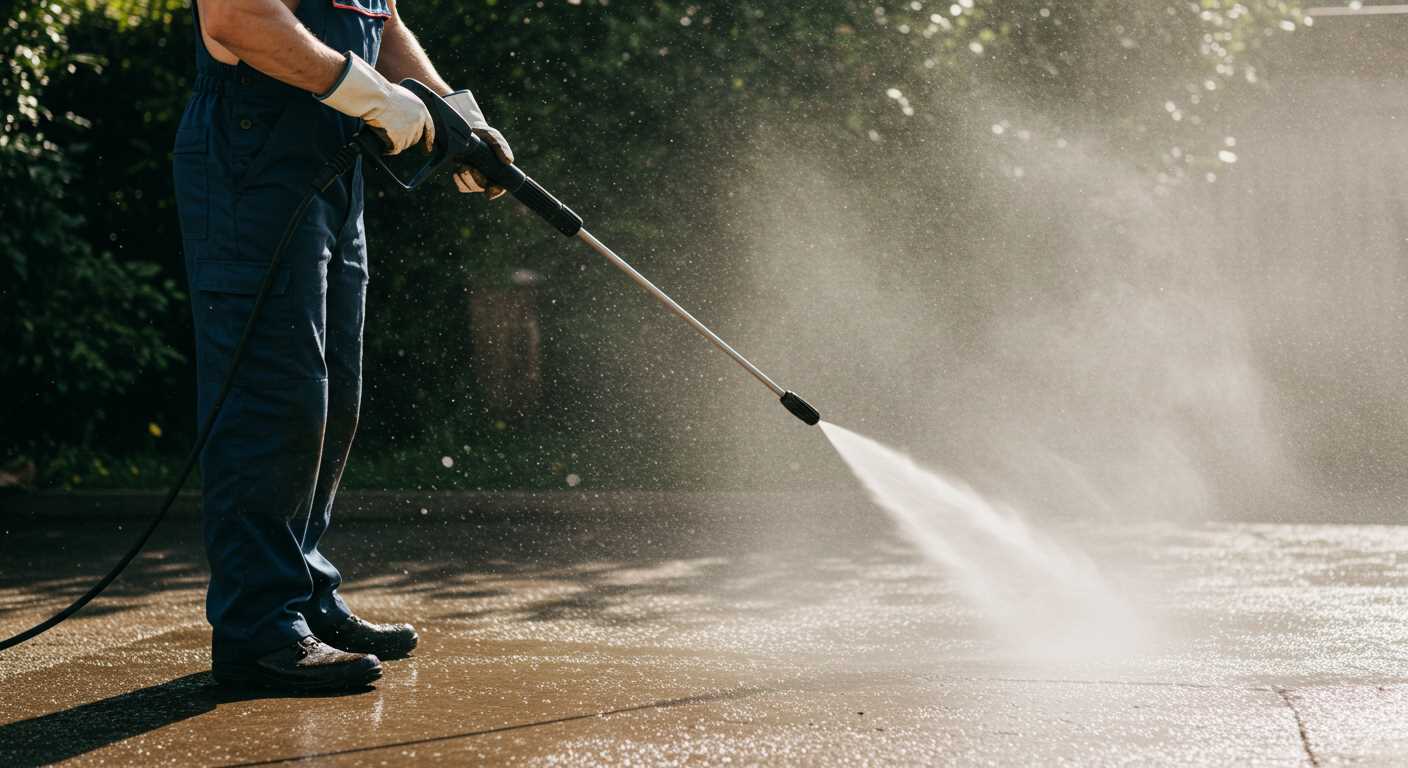
- Utilise collected rainwater stored in barrels or tanks.
- Install a filtration system to remove debris before use.
- Check local regulations regarding rainwater usage to ensure compliance.
Portable Water Tanks
- Consider using a portable tank filled from a hose or well.
- Ensure the tank capacity meets your operational requirements.
- Equip the tank with a pump for increased efficiency and pressure.
Swimming Pools
- Use water from a swimming pool as a source; ensure water quality is acceptable.
- Keep in mind potential chemical residue that may require extra attention when cleaning.
Garden Hoses Connected to a Water Supply
- Extend your garden hose from an outdoor water tap to your cleaning unit.
- Ensure the hose has adequate flow rate and pressure capabilities.
Evaluate water sources regularly to maintain equipment integrity and efficiency. Choosing the right supply can significantly enhance performance, prevent outages, and extend operational life, yielding effective results in cleaning tasks.
FAQ:
Is it possible to connect a pressure washer to a kitchen sink?
Yes, you can connect a pressure washer to a kitchen sink, provided the sink has a standard tap fitting. You will need an adapter to fit the pressure washer hose to the tap. Make sure to check the water flow rate of your sink, as some pressure washers require a minimum flow rate to operate effectively. It’s also advisable to ensure that the sink’s plumbing can handle the pressure and that you have sufficient water supply during use.
What equipment is required to hook a pressure washer up to a sink?
To connect a pressure washer to a sink, you will typically need a garden hose adapter that fits your sink faucet. Most pressure washers come with a hose that can attach to an adapter. Additionally, you may need a hose clamp to secure the connection and prevent leaks. It’s wise to have a bucket or towel handy to catch any excess water during the setup. If you are unsure about the fittings, consult your pressure washer’s manual for recommendations regarding hose connections.
Are there any risks associated with using a pressure washer connected to a sink?
There are some risks to consider when connecting a pressure washer to a sink. First, high pressure can strain your plumbing system, especially if the pipes are old or fragile. There’s also the potential for backflow, which could contaminate your drinking water if not properly managed. It’s wise to use a backflow prevention device and regularly inspect your pressure washer and sink connections for any leaks or wear. Additionally, ensure that the sink can provide a continuous water supply to avoid running the pressure washer dry, which can damage the unit.



